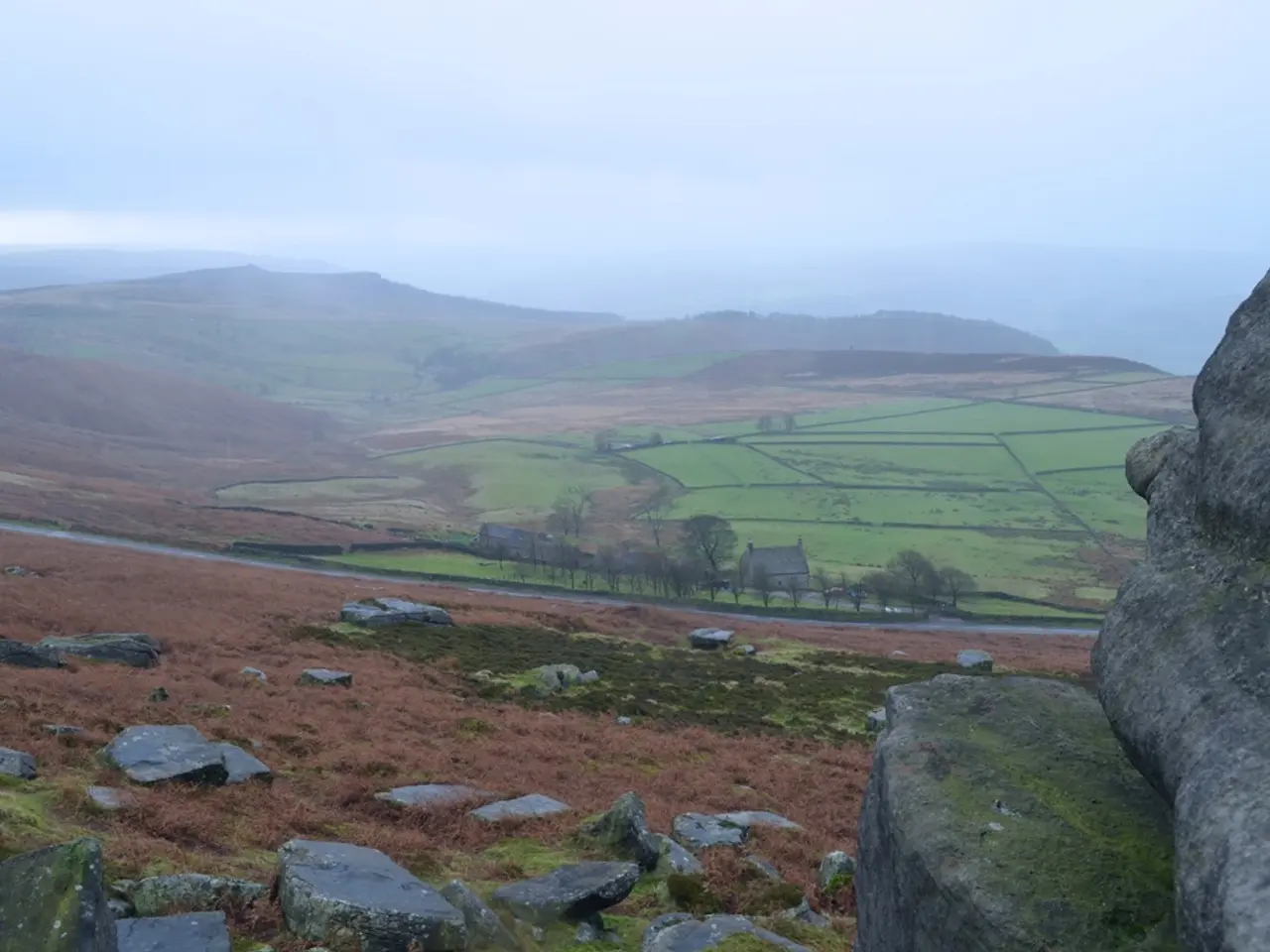Africa's second smallest nation, São Tomé and Príncipe, remains pristine and boasts a rich, chocolatey appeal.
Exploring the Chocolate Islands: A Journey through São Tomé and Príncipe
São Tomé and Príncipe, affectionately known as the "Chocolate Islands," offer a unique blend of natural beauty, cultural richness, and sustainable tourism experiences.
One such destination is the Roca Diogo Vaz, home to Tiziano Pisoni's sustainable nature tourism lodge. Here, guests can marvel at the majestic humpback whales and explore the Obo Nature Park. The Roca São João, meanwhile, plays host to João Carlos Silva's restaurant, serving exotic slow food cuisine with breathtaking views of Santa Cruz bay.
But the islands' most renowned culinary attraction is undoubtedly Claudio Corallo's handmade cacao production. This artisanal process, deeply rooted in São Tomé's unique volcanic soil and tropical climate, produces some of the finest chocolate in the world.
Corallo's production involves cultivating cacao beans in the fertile volcanic soil, hand-harvesting and carefully selecting the highest quality beans, followed by natural fermentation and slow drying. The beans are then small-batch roasted and ground by hand, ensuring controlled, artisanal production without industrial shortcuts. This approach maintains the authentic flavor profile deeply linked to São Tomé’s environment, distinct from mass-produced cacao.
The significance of Corallo's production extends beyond the chocolate itself. It showcases São Tomé as a premium cacao producer, supports sustainable agriculture and local economies, and highlights the connection between soil quality, climate, and chocolate flavor (terroir-driven chocolate). Visitors and connoisseurs can even enjoy an educational tasting and factory visit, linking culture, history, and natural biodiversity of São Tomé, strengthening ecotourism and cultural appreciation.
Elsewhere on the islands, the luxurious tented villas of the "Sundy Praia Resort" are harmoniously integrated into the rainforest. Praia Inhame beach is home to an eco-lodge where sea turtles lay their eggs from November, and nearby Ilha das Rolas allows swimming or walking across the equator.
Príncipe, São Tomé's neighboring island, is covered in almost untouched rainforest and is home to a small population that lives by fishing, cocoa cultivation, and eco-tourism. The Bom Bom Príncipe Resort is enclosed by two picture-perfect palm beaches further north, while the colonial manor of the former Roca Paciência has been transformed into a beautiful boutique hotel.
Despite its remote location and lack of international flights, São Tomé and Príncipe are slowly gaining recognition as a must-visit destination. A rainy Jeep drive leads to the Roca Sundy, where guests can enjoy breakfast featuring fruits like cocoa, mangoes, bananas, and papayas grown on the property.
For those seeking a unique and sustainable travel experience, the Chocolate Islands offer an unparalleled journey through natural beauty, cultural richness, and artisanal craftsmanship.
[1] Source: [Link to the original article] [2] Source: [Link to another article] [3] Source: [Link to a third article]
- Embarking on a journey through São Tomé and Príncipe, also known as the "Chocolate Islands," allows travelers to savor local food-and-drink, such as the artisanal chocolate produced by Claudio Corallo, while learning about the connection between the environment and chocolate terroir.
- In addition to exploring the natural beauty of the islands and enjoying sustainable tourism experiences like Roca Diogo Vaz and Roca São João, visitors can also experience the lifestyle of the local communities, particularly in Príncipe, which is filled with cultural richness and eco-tourism opportunities.




